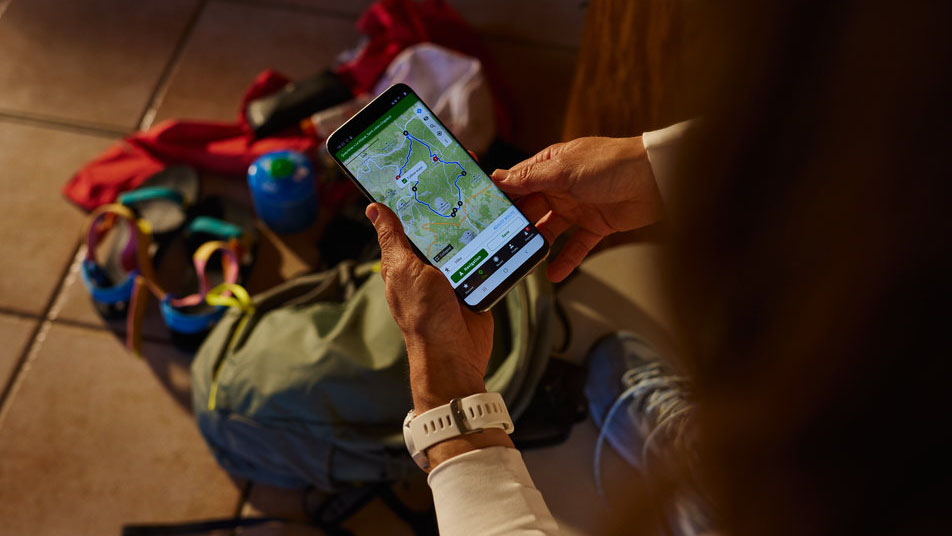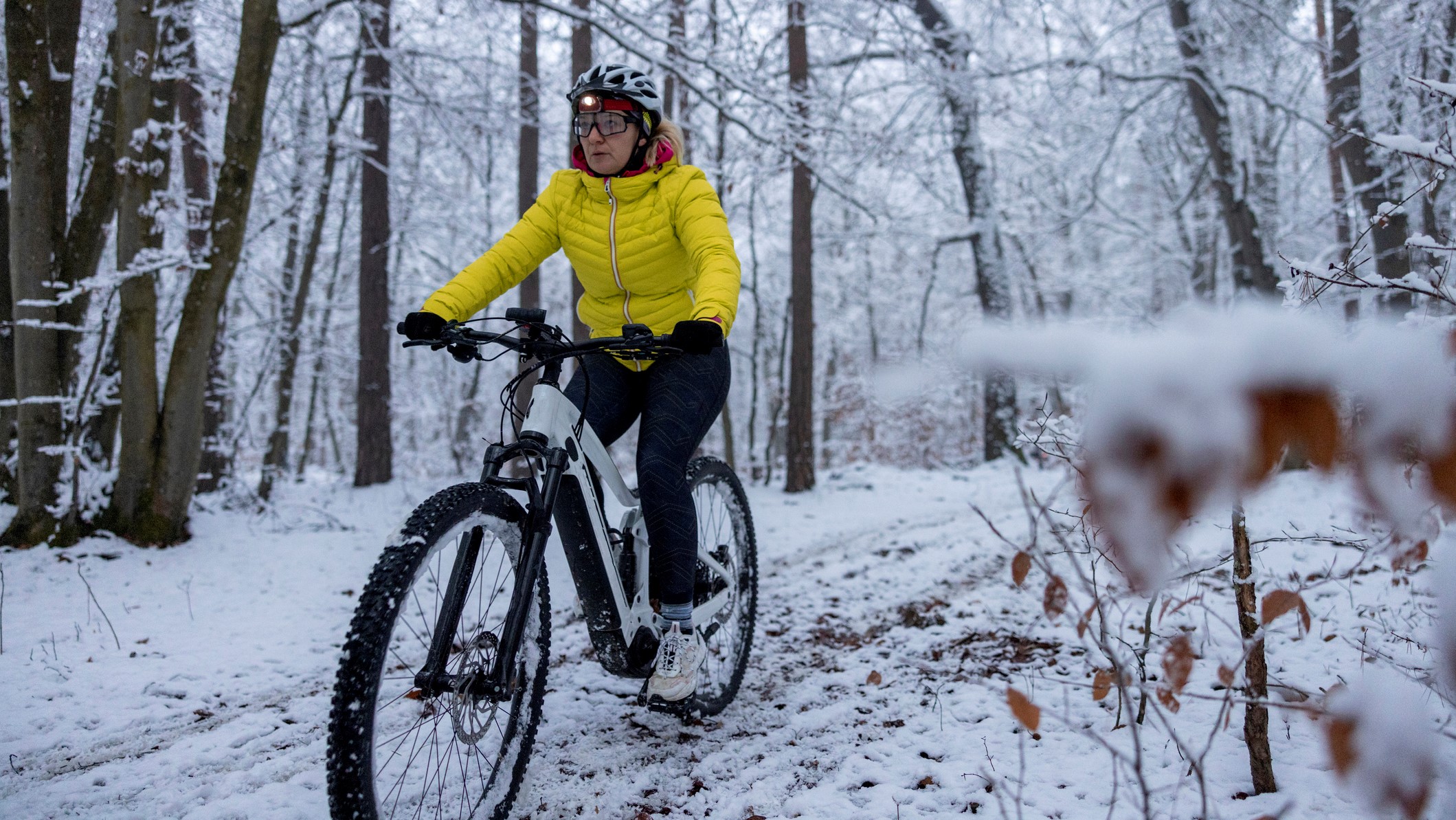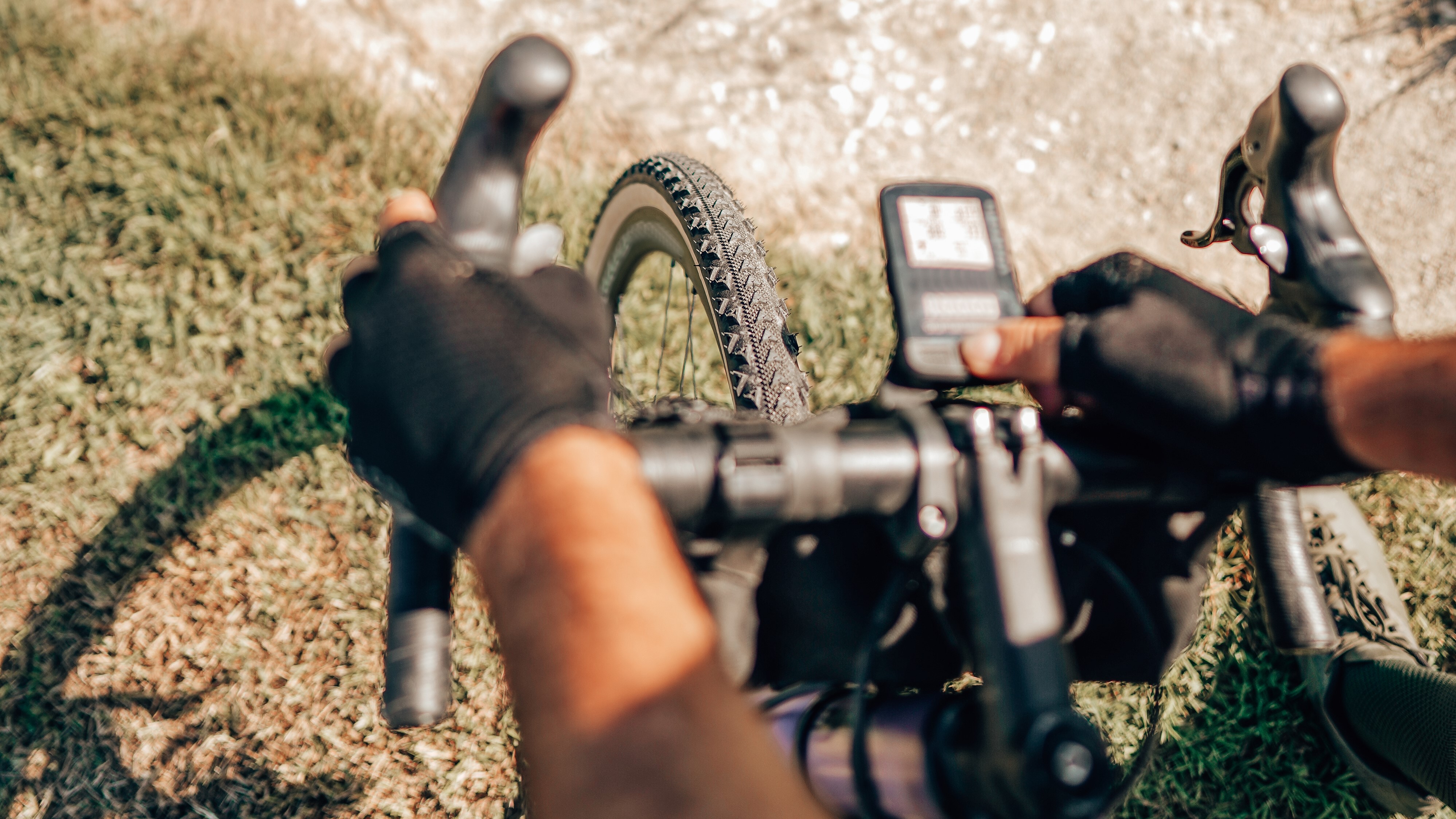How to make your e-bike go further on a single charge
Want to try an e-bike adventure but suffering range anxiety? Here's how to make sure your battery goes the distance

A e-bike is a fantastic way to explore the backcountry, whether you're bikepacking or just going on a one-day adventure. That extra boost of power lets you ride further, tackle terrain that you might normally find exhausting, and makes road and trail riding fun even for people who'd normally avoid cycling due to injury or other physical limitations.
However, that battery won't keep going forever, which could be a serious problem if you're far from home. E-bikes are heavy even when they're not loaded up with your best pop-up tent and sleeping bag (I've ridden some that tipped the scales at well over 20kg) and just thinking about trying to ride one up a steep incline without any power assistance makes my quads burn.
It's not as simple as just knowing the maximum range given by your bike's manufacturer. This will often have been measured in optimal conditions rather than real-world riding, and won't be a true indication of what you can actually expect.
Don't worry though – there are some simple steps you can take to make sure your battery lasts throughout your whole journey and lets you breeze up that final hill without a care in the world.
Plan your route carefully
Before you set out, measure your route and check out the gradient of the terrain. Are there any serious hills that are likely to sap your battery power? If so, consider reducing the mileage to make sure you get back with a little juice left. Alternatively, try finding an alternative trail that skirts around the highest inclines if you want to go further.
Navigation apps like Komoot are very useful for showing you the elevation gain of a route, so you don't need to spend time studying contour lines on a map.

Keep on top of maintenance
If you're riding an ordinary push-bike, you're likely to notice if components are starting to wear out, or your tire pressure is too low because it will feel harder to ride. That's not always the case with e-bikes, because the motor will work harder to compensate for inefficiencies elsewhere.
Advnture Newsletter
All the latest inspiration, tips and guides to help you plan your next Advnture!
E-bikes don't need a ton of extra maintenance, but it's worth remembering that the extra forces imposed by the motor mean the brakes and chain can experience more wear and tear. It's well worth taking your e-bike to be serviced once a year at a licensed repair store that can also install any necessary software updates. These can fix safety issues, and may even give you a performance boost if you're lucky!
Before you head out, give your bike a look-over, and make sure you check the tire pressure and give them a pump if necessary.
Check the temperature
Lithium batteries don't work as well in freezing conditions as they do on a warmer day, and as Continental Batteries explains, this means they need charging more often. If you're riding in the depths of winter, you should therefore expect your e-bike's range to be reduced.
That doesn't mean you shouldn't head out for an expedition on a snowy day, but you might want to pick a shorter route than you would normally.

Pay attention to pedals
Some e-bikes have a motor that will only engage if you are turning the pedals, while others can be operated using a throttle, making them more like motorcycles. If your e-bike is one of the latter, you can dramatically extend its range by leaving the throttle alone and doing some of the work yourself.
It's also worth taking note of which gear you're riding in. If you're riding in a high gear, you'll be moving further with each rotation of the pedals, which will drain the battery faster. Aiming for a cadence of around 70 pedal strokes per minute will be more efficient and put less strain on your muscles. Just don't choose such a low gear that your riding becomes wobbly.
Fiddle with assistance settings
Most e-bikes give you three or four assistance settings to choose from, and it's worth experimenting with these as you ride along. If you're riding on the flat you might find that the lowest setting gives you just enough of a boost, or you may choose to conserve power by cycling unassisted for a stretch. Cranking up the power can be fun, but it's wiser to save the higher settings for when you need to tackle hills.
Some e-bikes (such as the minimalist Cowboy 4) automatically adjust the assistance setting depending on the force you're applying to the pedals, in which case you don't need to worry. Just ride in a way that feels comfortable to you.

Bag an extra battery
If you really want your e-bike to go the distance, you can pick up a second battery and stash it in your backpack, ready to switch when the first one runs low. However, I wouldn't recommend this for most riders. The battery is the single most expensive component in your e-bike, and buying another one could easily add an extra 50% to the initial purchase price.
The battery is also the heaviest part of your bike, and lugging around a second one means you'll be able to carry fewer essentials and creature comforts like a camping blanket and coffee maker for your mid-ride espresso. For multi-day adventures it's definitely worth considering, but get out for some all-day adventures first before splashing the cash.

Cat is Homes Editor at TechRadar and former editor of Advnture. She's been a journalist for 15 years, and cut her teeth on magazines before moving online. She helps readers choose the right tech for their home, get the best deals, and do more with their new devices.
